Dissonance at Lazarides
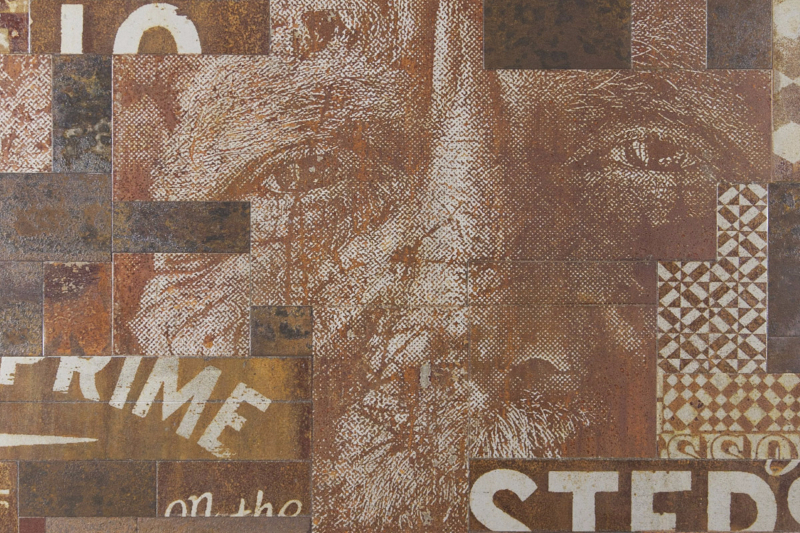
Approaching Lazarides on the eve of the opening, visitors are greeted with a packed-out gallery that has embraced a trendy, hip and artistic-looking crowd. The atmosphere is electric, as everyone eagerly examines and discusses the multitude of multidisciplinary works of art on show. Dissonance by Portuguese street artist Alexandre Farto, better known as Vhils, contains a resonating examination and exploration of cultural discord, and the endangering effects of technology and mass media in contemporary society. Lazarides is an ideal venue for this exhibition, as art created by wood, billboards, metal and styrofoam are mounted on the raw brick walls, that reiterate and envelope the theme of Dissonance so completely.
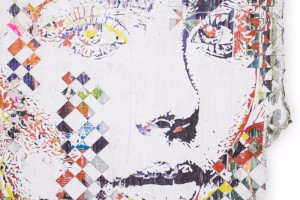 As a witness of this striking exhibition, it is incumbent upon the viewers to reflect on how the population has become so abstract due to globalisation, urban regeneration and the development of technology. Much of the artwork in Dissonance encompasses some kind of advertisement and well known branding, which the artist weaves seamlessly into the composition. These slogans draw attention to themselves, leaving the audience pondering whether individuality has become indistinct due to the media.
As a witness of this striking exhibition, it is incumbent upon the viewers to reflect on how the population has become so abstract due to globalisation, urban regeneration and the development of technology. Much of the artwork in Dissonance encompasses some kind of advertisement and well known branding, which the artist weaves seamlessly into the composition. These slogans draw attention to themselves, leaving the audience pondering whether individuality has become indistinct due to the media.
In addition to the messages put across, it is fascinating to meditate on how Farto has created his artwork. A vast array of media is used, and it appears that the artist has no limitation as to what he creates with. A selection of remarkable wooden doors are presented, with etchings across them that are cleverly and subtly designed to conjure up a human face. The rich, woody colour and texture of the door provide a natural and effective background for the pattern. Farto chooses his palette carefully to relate to the idea of personal identity, and while some pieces have a sepia, vintage colour-scheme, others oppose this with saturated colours beneath brilliant white. Another reoccurring technique seen within the exhibition involves layers of colourful billboards that, after being worked on, become the backdrop to white markings that again, artfully and effortlessly form a face.
A commonality between the pieces of work in the collection is extremely thought-provoking, where the face in each piece is barely visible and appears when the viewer is least expecting it. Through this technique, Farto continues to suggest that personal identities become lost amongst the noise of the media, and the contemporary way of life. Altogether, a challenging exhibition that stimulates the viewer both visually and mentally.
Emily D’Silva
Dissonance is at Lazarides from 27th March until 23rd April 2015, for further information visit here.


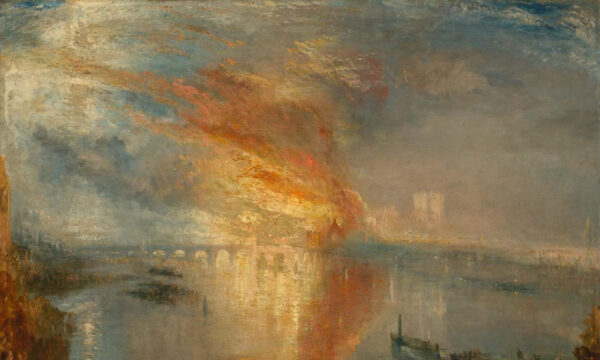
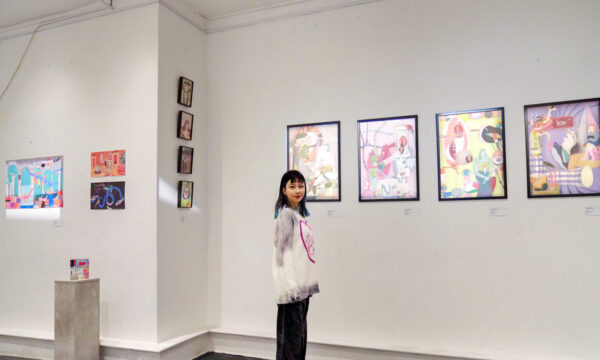
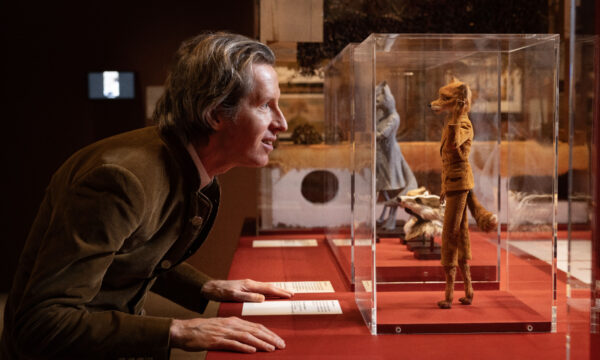
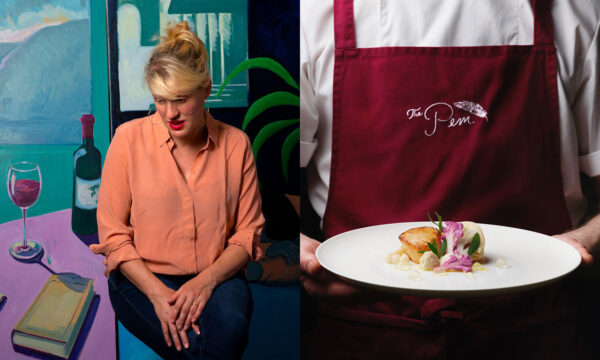
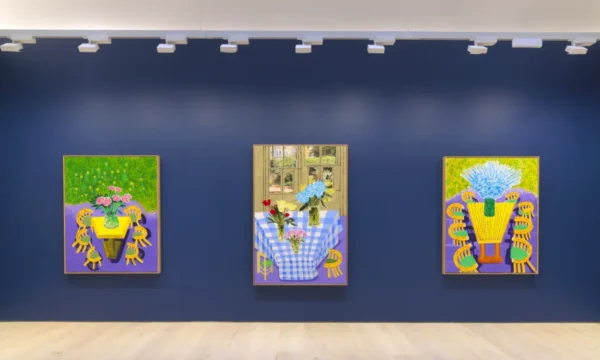
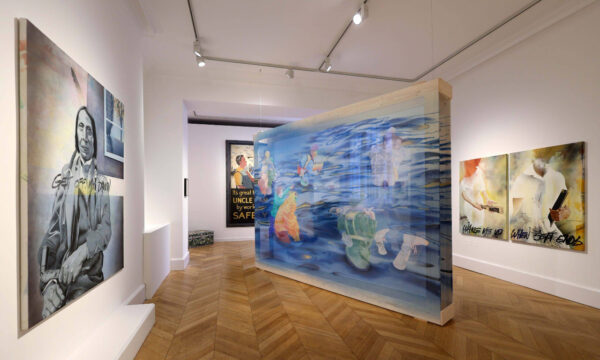
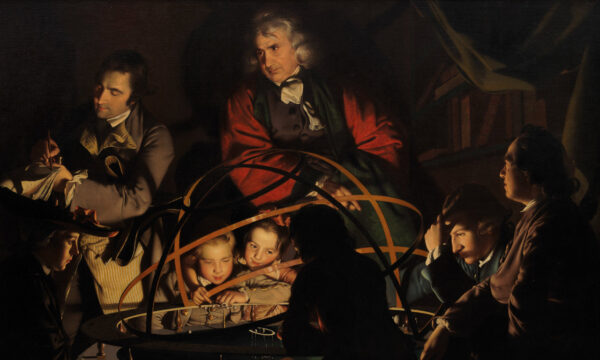
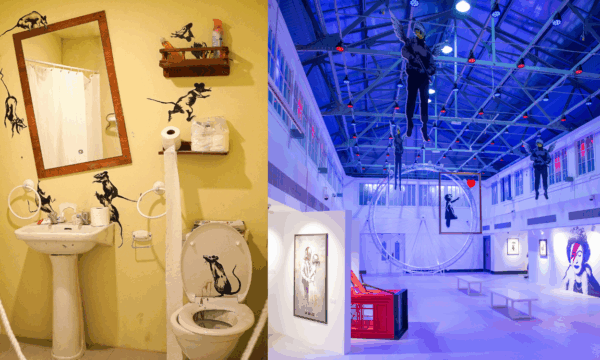
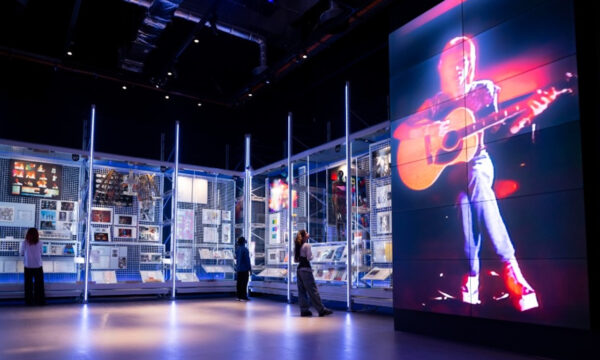

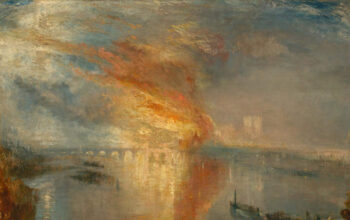







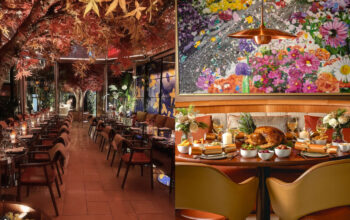





Facebook
Twitter
Instagram
YouTube
RSS